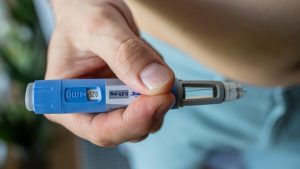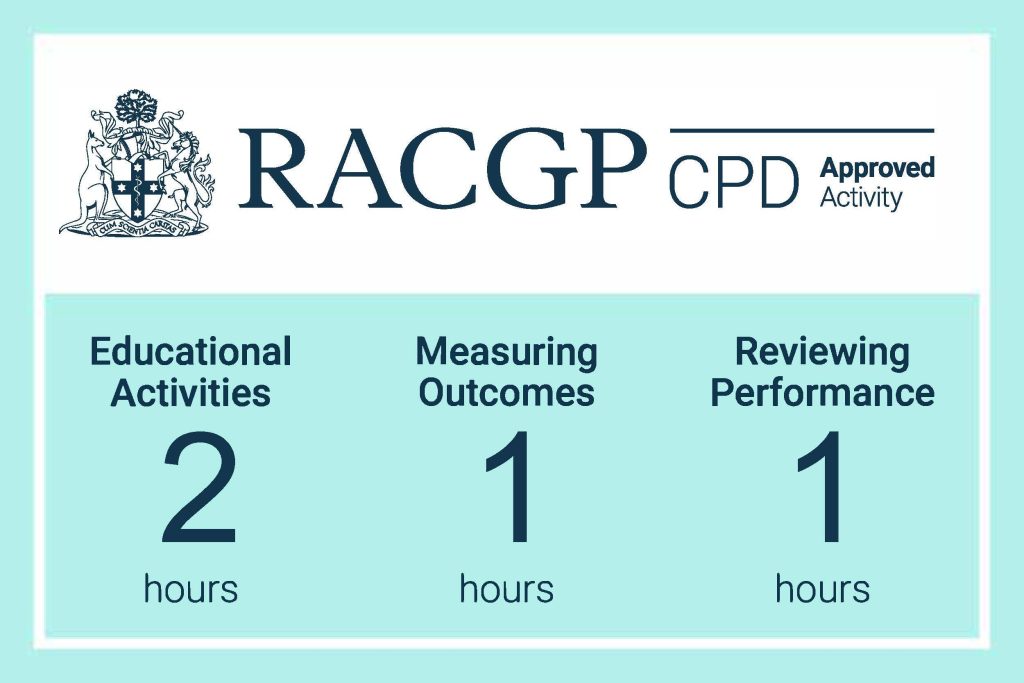Articles / Understanding urticaria and angioedema


writer
Consultant Physician, Clinical Immunology and Allergy; Director of Immunology, Douglas Hanly Moir Pathology, Sydney
0 hours
These are activities that expand general practice knowledge, skills and attitudes, related to your scope of practice.
0 hours
These are activities that require reflection on feedback about your work.
0 hours
These are activities that use your work data to ensure quality results.
These are activities that expand general practice knowledge, skills and attitudes, related to your scope of practice.
These are activities that require reflection on feedback about your work.
These are activities that use your work data to ensure quality results.
Urticarial lesions are usually intensely pruritic welts that can be generalised or localised. They normally last less than 24 hours in the one place, being migratory, and leave no residual marks on the skin. Angioedema lesions may be uncomfortable or sometimes painful and occur in the deeper dermis or mucosa and may take 72 hours to resolve.
Acute urticaria may be allergic, mediated by inappropriate IgE responses to food allergens. It usually occurs rapidly after exposure to the causative allergen: within 30-60 minutes, up to six hours and rarely eight hours.
The most common allergens are either ingested (food or oral drugs) or parenteral (bee or wasp stings or drugs, for example, penicillin). Aeroallergens are not usually the cause of allergic urticaria except when due to grains (in bakers) and latex. However, people who are allergic to grass pollen may develop localised urticaria on contact, for example, when sitting on the grass.

Menopausal Hormone Therapy - What Dose of Estrogen is Best?

Cardiovascular Benefits of GLP1s – New Evidence

Oral Contraceptive Pill in Teens

RSV and the Heart

writer
Consultant Physician, Clinical Immunology and Allergy; Director of Immunology, Douglas Hanly Moir Pathology, Sydney


Modified but kept in place
Eliminated entirely without replacement
Maintained as is
Completely replaced with an alternative system
Listen to expert interviews.
Click to open in a new tab
Browse the latest articles from Healthed.
Once you confirm you’ve read this article you can complete a Patient Case Review to earn 0.5 hours CPD in the Reviewing Performance (RP) category.
Select ‘Confirm & learn‘ when you have read this article in its entirety and you will be taken to begin your Patient Case Review.
Menopause and MHT
Multiple sclerosis vs antibody disease
Using SGLT2 to reduce cardiovascular death in T2D
Peripheral arterial disease
